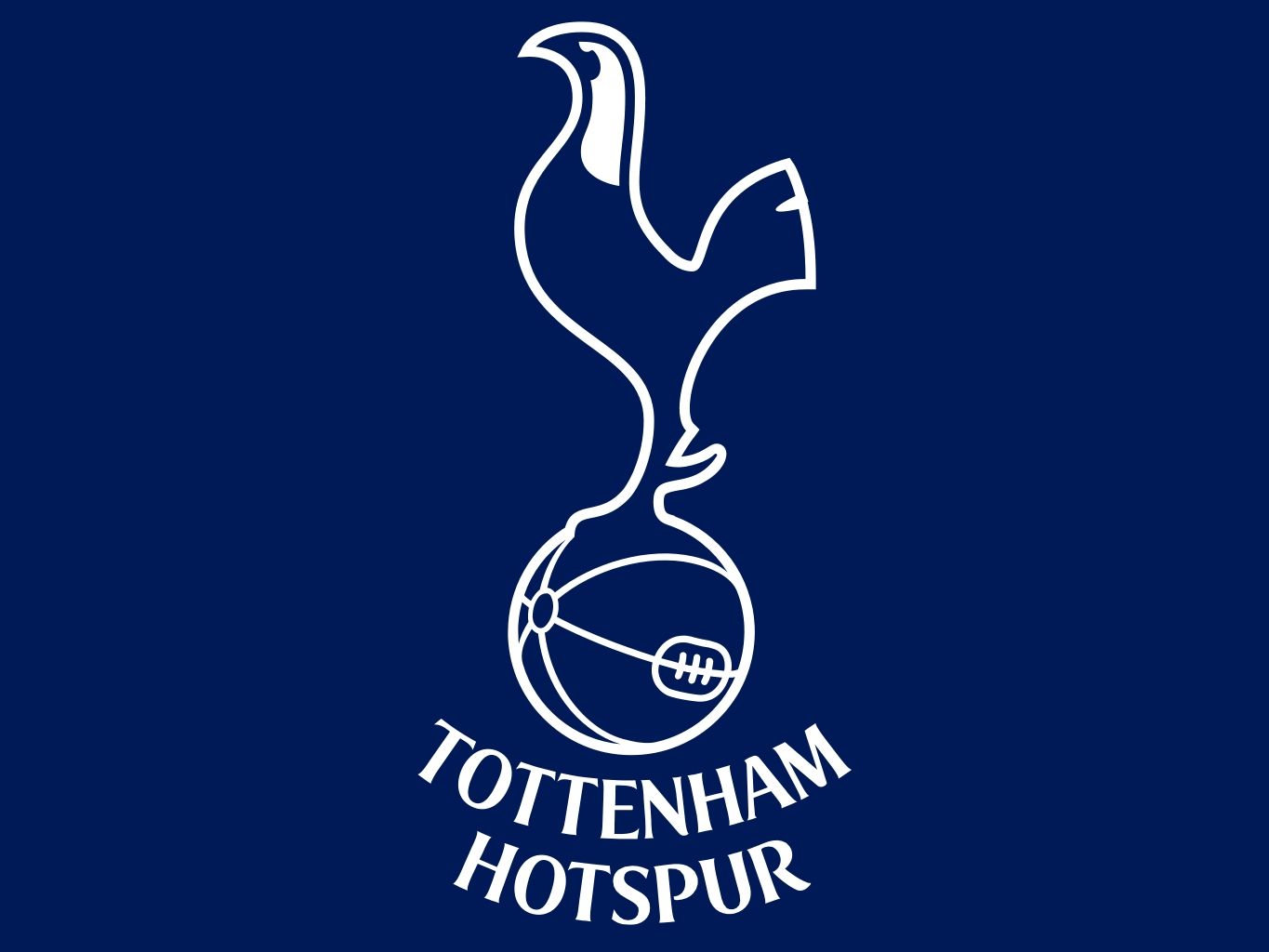The English Premier League is inarguably the most popular and most competitive football association in the world. It has several teams constantly vying for the title, which are collectively known as the Big Six. They include well-known clubs such as Manchester United, Liverpool, Manchester City, Chelsea, Arsenal, and Tottenham.
Due to their popularity, they have also influenced and attracted sponsorship and partnerships across several sectors, including the casino industry. Premier League fans who enjoy the thrills of betting experience can leverage 25 free spins no deposit bonuses and other incentives available on diverse gambling platforms.
Here, we’ll explore Tottenham’s rise from a North London club in the shadows of its neighbour, Arsenal, to a member of the Big Six.
Tottenham’s History
Tottenham Hotspur is one of the oldest clubs in English football history, founded in 1882 by eleven schoolboys. Most of its successes came in the first few decades, winning two league titles, eight FA Cups, and four League Cups. Tottenham also holds the record for being the only non-league team to win the FA Cup.
The club has undergone massive changes over the course of its history, with its first games being played at a public park before moving to the iconic White Hart Lane in 1899. The team currently plays its home games at the Tottenham Hotspur Stadium. Spurs are currently one of the most popular and commercially successful football clubs in the world, with a fan base that spans multiple continents.
Ascent to the Big Six
It’s no longer news that Tottenham is now a constant in the Premier League Big 6, but how did this come to be? Here are some of the key factors that helped Spurs earn their place amongst the Big Six clubs in England.
The Arrival of Daniel Levy
In 2001, ENIC International Ltd. purchased Alan Sugar’s majority stake in the club. After the takeover, English businessman Daniel Levy was appointed chairman of the club. Under his leadership, it underwent several significant changes. Some key investments, including the construction of the Tottenham Hotspur Stadium, helped in revenue generation and established Spurs as a modern and innovative club ready to compete.
Levy also changed the club’s approach to managerial decisions and has become known for his willingness to make bold choices in his commitment to achieving the team’s visions and goals. His tough business negotiation skills have also helped the club in securing some of the world’s best players and managers:
- Gareth Bale
- Jose Mourinho
- Luka Modric
- Harry Redknapp
Squad Building and Strategic Signings
In modern football, a club’s ability to scout, develop, and sign talents can play a major role in both their short and long-term success. This is one area that Tottenham has excelled in over the years and also one that has helped them in their ascent to the Big Six.
An example was the 2007 signing of Welsh legend Gareth Bale from Southampton. Only 17 at the time, Bale struggled to make an impact but eventually became an integral part of the 2010 squad that led the club to their first-ever Champions League qualification. Bale’s £85.1 million move to Real Madrid was confirmed to be a world-record transfer fee and an impressive return for the club, which signed him for only £7 million. Similarly, the signings of talents Luka Modric, Son Heung-min, and Rafael van der Vaart have all played massive roles in Tottenham’s success in recent years.
Spurs also boast an academy committed to developing bright talents and have produced world-class players like Sol Campbell and Harry Kane.
Consistency in the League
The Big Six are renowned for their consistency every season, fighting for both the title and a spot in the UEFA Champions League. In the past two decades, Tottenham has established itself as a consistent performer in the league, regularly finishing in the top four and going close to the title in some seasons.
This consistency has been a key factor in their rise to the Big Six. One notable aspect of this consistency is their ability to maintain a strong squad and playing identity over a long period of time. This has gained them respect in the league and allowed them to keep competing season after season. There’s also a willingness to invest in talents and established players, as well as ruthlessness in managerial decisions.
Move to Wembley and the Tottenham Hotspur Stadium
In 2017, Tottenham reached an agreement to play their home games at Wembley while awaiting the completion of their new stadium. This move greatly boosted the club’s popularity and significantly increased matchday revenues.
In 2019, they moved to the newly constructed Tottenham Hotspur Stadium and have since seen a significant increase in revenue generation. The THS is renowned for its state-of-the-art facilities and is currently one of the most technologically advanced stadiums in world football. This has helped attract world-class players, coaches, and staff and created a strong sense of identity and popularity, establishing the North London team as one of the biggest clubs in English football.
The Bottom Line
The Big Six in English football are the six clubs that consistently compete for the title and UEFA Champions League spots. These teams include Manchester United, Manchester City, Arsenal, Liverpool, Chelsea, and Tottenham, with Tottenham being the most recent addition. Spurs being firmly established in this elite group and its management’s dedication to excellence, the expectation is that the team will continue to break new records and achieve greater success in the near future.






